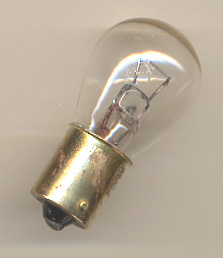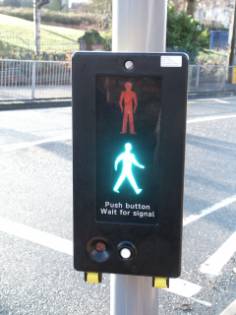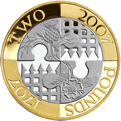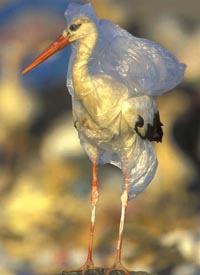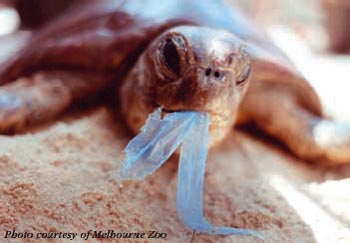Már régóta akartam Michael Palin már nem is olyan új sorozatáról írni, csak nehéz elfogulatlan véleményt megfogalmazni. Palin annak idején a Monthy Pythonnal lett közismert, de már jó ideje utazási műsorokat készít, lásd Full Circle, Himalaya, Sahara, Pole to Pole és még egy pár másik. A mostani széria témája a "New Europe", vagyis a volt kommunista országok, amelyek a vasfügöny mögött hosszú ideig el voltak zárva a kontinens szerencsésebb felétől.
Kicsi hazánk a nagyedik epizódban került sorra Ukrajnával egyetemben. Természetesen Budapest volt a fókuszban, de rövid időre bemutatkozott Visegrád, Szentendre, Esztergom, Tokaj és Hortobágy is. Természetesen előkerültek a megszokott klisék, gulyás, bor, pálinka, Unicum, népzene, csikósok, termák fürdő. Ezek vagyunk. Számomra a legfontosabb üzenete a filmnek, hogy tanuljunk nyelveket. Sajnos a magyarral nem megyünk semerre. A másik dolog, ami rányomta bélyegét a hangulatra a nagy Magyarország- Trianon történelmi hagyaték. Aminek viszont örültem, senki nem jött elő azzal, hogy mennyivel jobb volt a kommunizmus alatt.
Részletes leírás található az utazásról itt: http://www.palinstravels.co.uk/book-4273
Pár idézet Palin leírásából, amit kiszúrtam, és érdekesnek találtam:
There is hardly a route into Hungary which is not a distant reminder of national pain.
And, for what it's worth, Esztergom has one of the biggest Tesco's I've ever seen.
...he doesn't sound too happy with present-day Hungary. Corruption is bad, and getting worse.
...there was no great rush back to the churches after the years of communist repression.
Hungarian day-trippers wander among stalls selling beer, sausages, books, jewellery, Attila the Hun DVDs and maps of pre-Trianon Hungary.
'Every Hungarian feels in his heart he is Attila.'
'We should have closed it, like the Germans did in 1990, when they strictly filtered out who should be punished, who not, but in Hungary today, it's still a process going on.'
This results in the policy of envy which he feels is the curse of the country.
'The Soviets called us East European,' he says with a touch of asperity, 'which we are not, we are Central Europe. Call us East European, people don't like it.'
Many Hungarians, especially the young, don't want to be constantly reminded of their communist past. For them the most important thing that's happened to the country happened on 1 May 2004, when Hungary was admitted to the European Union. The future is where hope lies, not the past.
The House of Terror, on which no expense seems to have been spared, makes clever use of a series of ingenious and often abstract set pieces which leave you in no doubt that communism was a very bad thing indeed. But the other atrocities perpetuated at 60 Andrassy Avenue, such as the torture of Jews by the Arrow Cross, have so little space, that I'm left feeling hugely impressed, but a little manipulated, by this extraordinary place.
A quick visit to the revitalised riverside area of South Pest shows that the monumental tradition is not forgotten. The grand (my guidebook prefers 'overblown') Palace of Arts complex includes the largest concert hall in Europe, and the new National Theatre next to it is not just big but very wacky, with blue carpet on the outside walls, life-size bronze figures of famous actors and actresses sitting on seats and benches in the park around it, and the classical facade of the previous National Theatre beside it lying half-submerged in a tank of water. Practical and functional are not the first words that spring to mind when describing Budapest's architecture. These buildings have a purpose, of course, but far more importantly they must be celebrations of that purpose.
(Néhány idézet nem Palintől, hanem honfitársainktól származik.)
PS: Mit keresett Katti Zoób ebben az egészben???
Sajnos nem találtam részletet a magyar részből, helyette:
https://youtube.com/watch?v=G6D1YI-41ao

